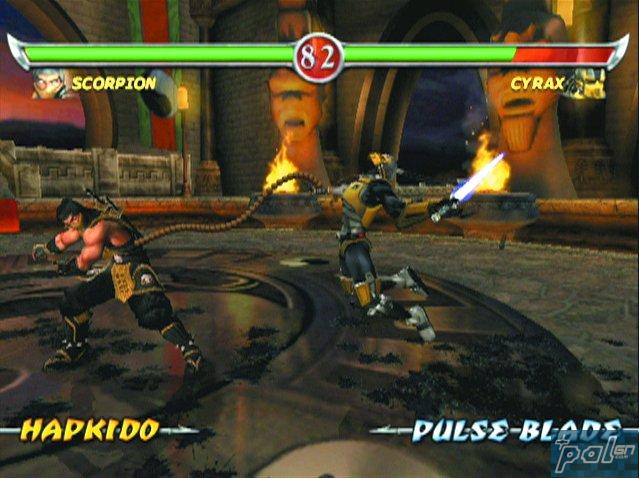Hayles understands “human” and “posthuman” as constructions that emerge from historically specific understandings of technology, culture and embodiment; “human and “posthuman” views each produce unique models of subjectivity.Within this framework “human” is aligned with Enlightenment notions of liberal humanism, including its emphasis on the “natural self” and the freedom of the individual. Conversely, Posthuman does away with the notion of a “natural” self and emerges when human intelligence is conceptualized as being co-produced with intelligent machines. According to Hayles the posthuman view privileges information over materialism considers consciousness as an epiphenomenon and imagines the body as a prosthesis for the mind. Specifically Hayles suggests that in the posthuman view “there are no essential differences or absolute demarcations between bodily existence and computer simulation…” The posthuman thus emerges as a deconstruction of the liberal humanist notion of human.
Despite drawing out the differences between “human” and “posthuman”, Hayles is careful to note that both perspectives engage in the erasure of embodiment from subjectivity. In the liberal humanist view, cognition takes precedence over the body, which is narrated as an object to possess and master. While popular conceptions of the cybernetic posthuman imagine the body as merely a container for information and code. Noting the alignment between these two perspectives, Hayles uses How We Became Posthuman to investigate the social and cultural processes and practices that led to the conceptualization of information as separate from the material that instantiates it. Drawing on diverse examples, such as Turing’s Imitation Game, Gibson’s Neuromancer and cybernetic theory, Hayles traces the history of what she calls “the cultural perception that information and materiality are conceptually distinct and that information is in some sense more essential, more important and more fundamental than materiality.” By tracing the emergence of such thinking, and by looking at the manner in which literary and scientific texts came to imagine, for example, the possibility of downloading human consciousness into a computer, Hayles attempts to trouble the information/material separation and in her words, “…put back into the picture the flesh that continues to be erased in contemporary discussions about cybernetic subjects.”
This essay surveys the development and current state of electronic literature, from the popularity of hypertext fiction in the 1980’s to the present, focusing primarily on hypertext fiction, network fiction, interactive fiction, locative narratives, installation pieces, “codework,” generative art and the Flash poem. It also discusses the central critical issues raised by electronic literature, pointing out that there is significant overlap with the print tradition. At the same time, the essay argues that the practices, texts, procedures, and processual nature of electronic literature require new critical models and new ways of playing and interpreting the works. A final section discusses the Preservation, Archiving and Dissemination (PAD) initiative of the Electronic Literature Organization, including the Electronic Literature Collection Volume I and the two white papers that are companion pieces to this essay, “Acid Free Bits” and “Born Again Bits.” Intended audiences include scholars, administrators, librarians, and funding administrators, respectively, who are new to electronic literature and for whom it is hoped this essay will serve as a useful introduction. Because this essay is the first systematic attempt to survey and summarize the fast-changing field of electronic literature, artists, designers, writers, critics, and other stakeholders may find it useful as an overview, with emphasis on recent creative and critical works.



